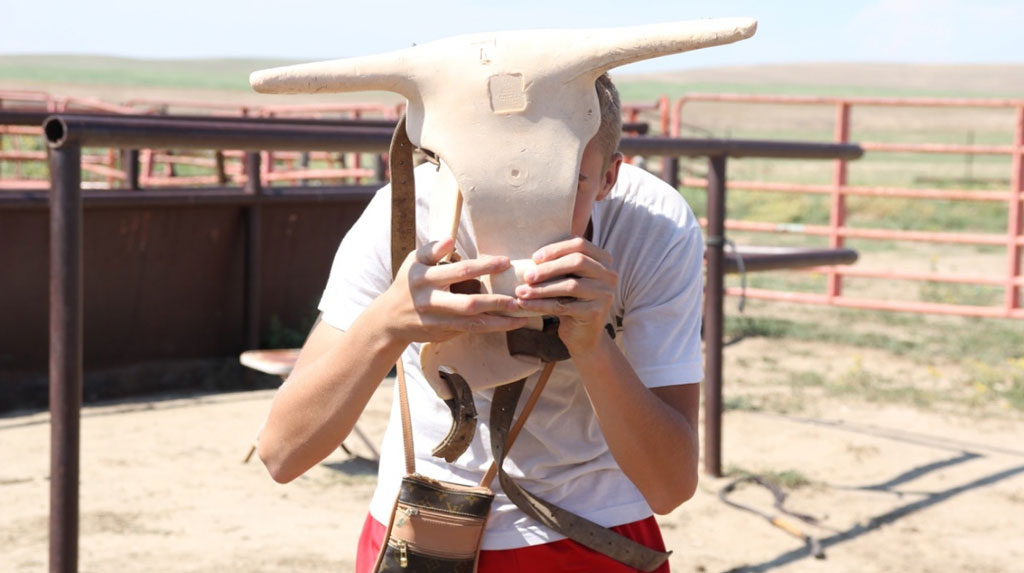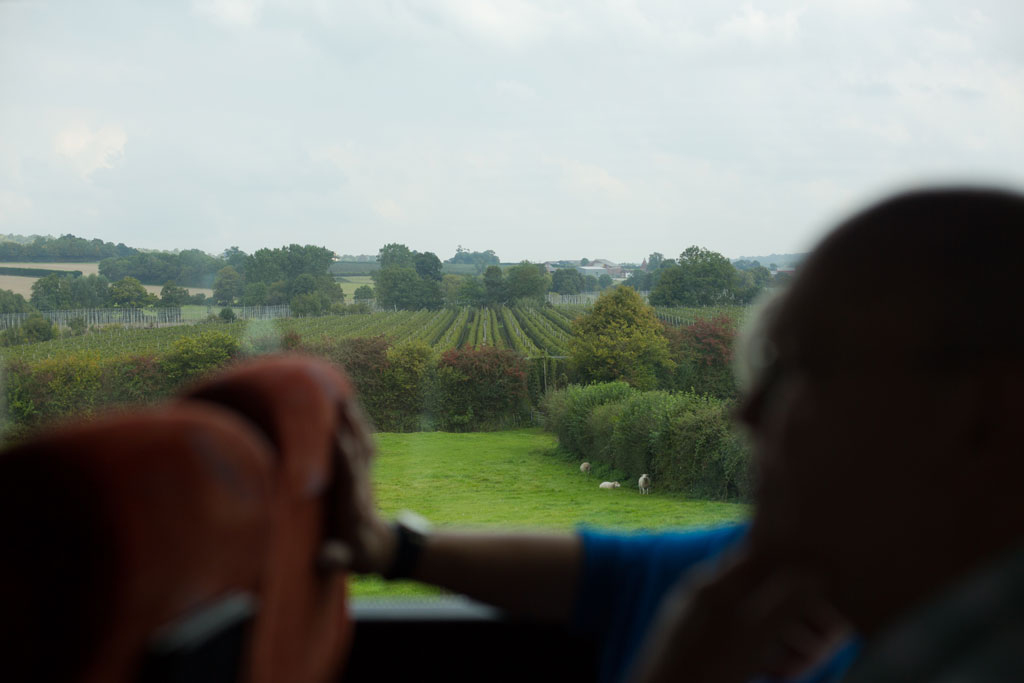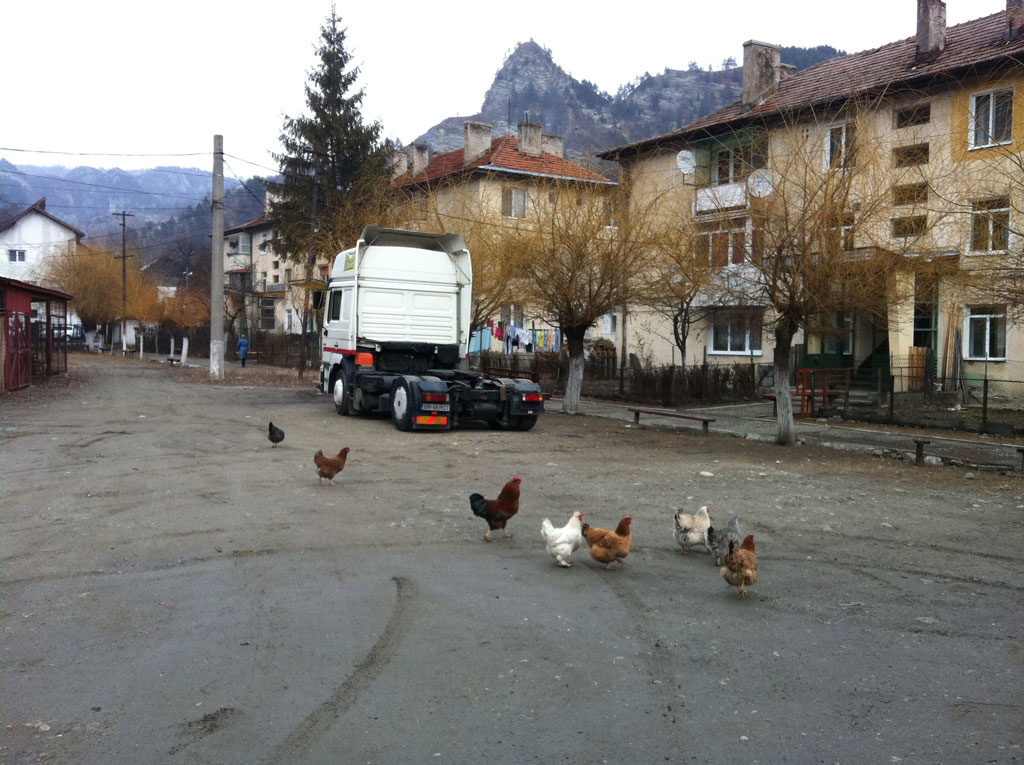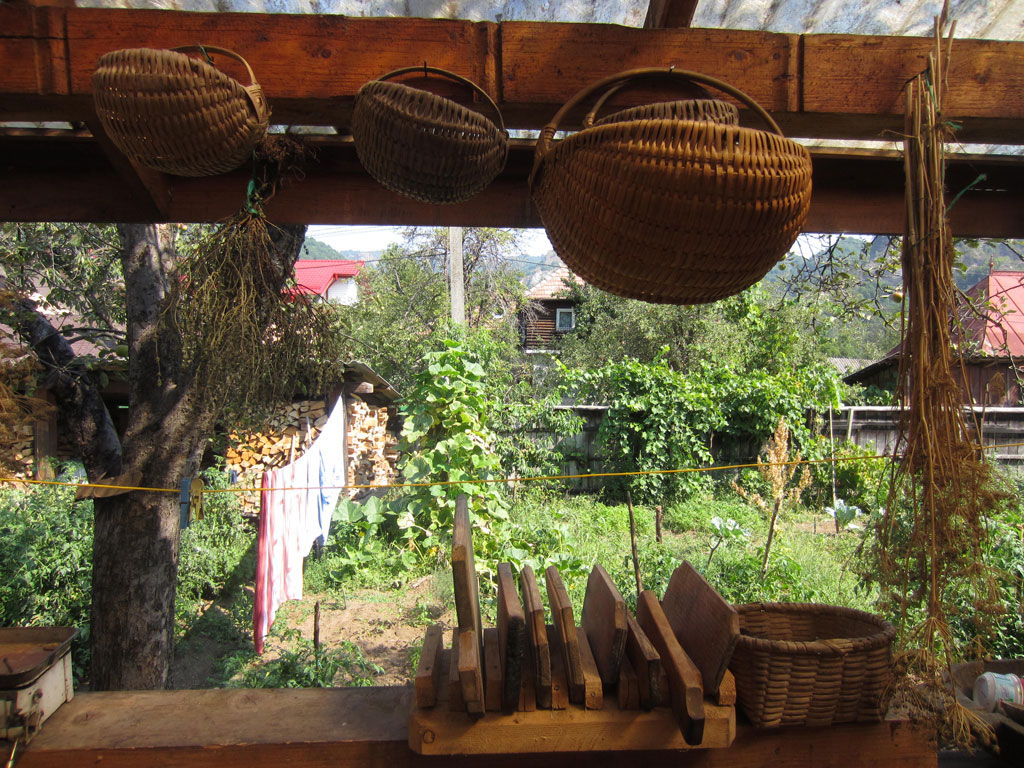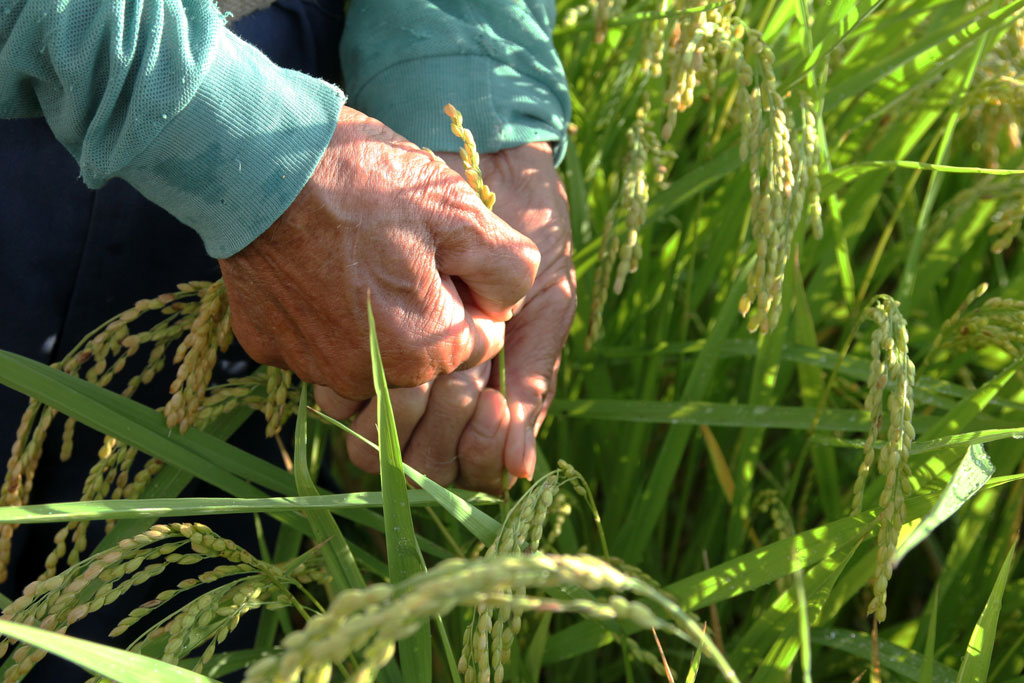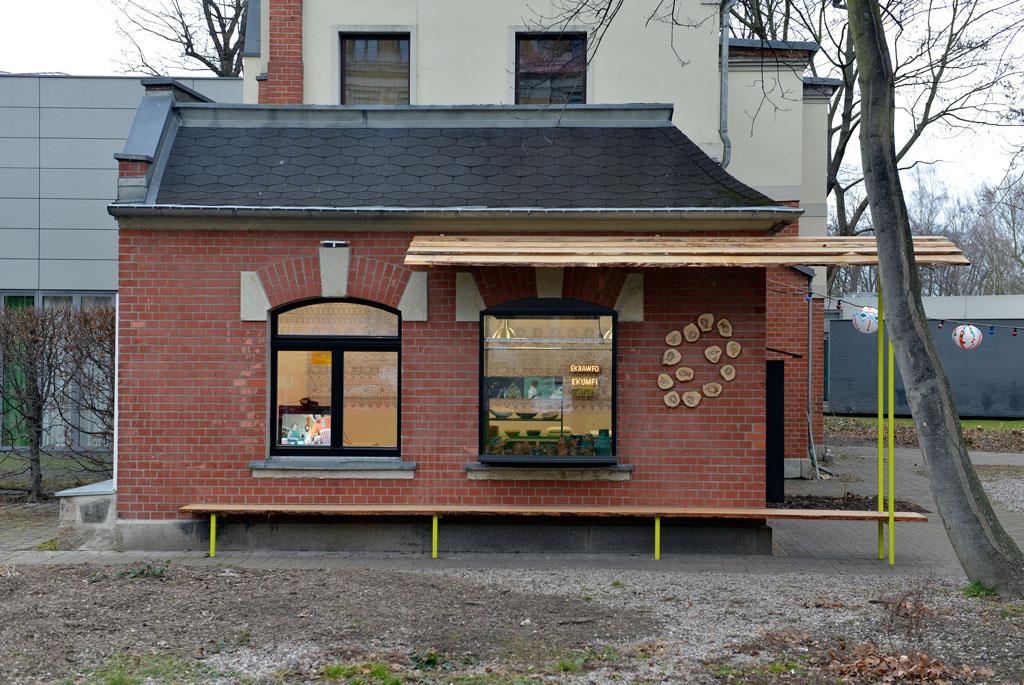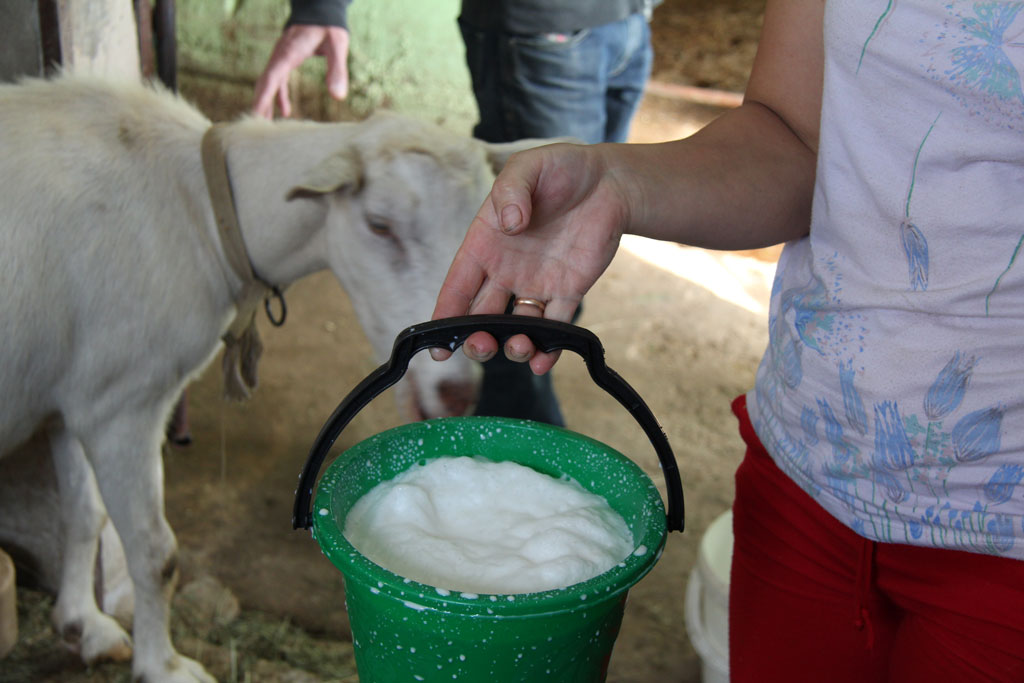ART-PRESENTATION: Myvillages-Setting the Table: Village Politics
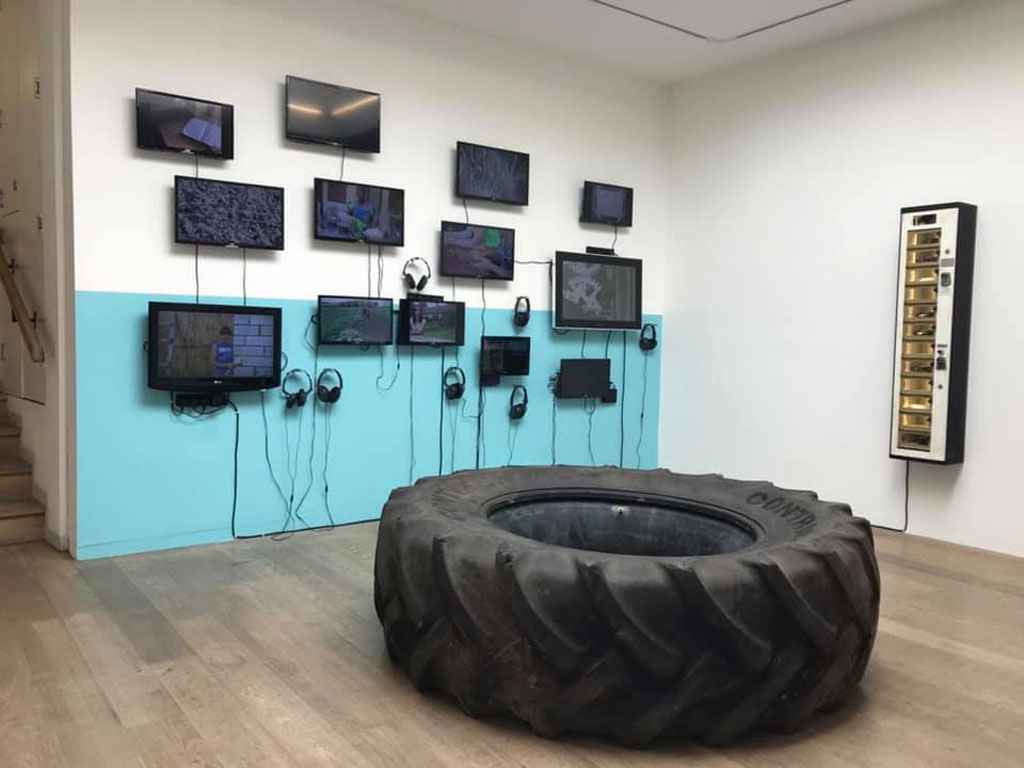
The artist collective Myvillages was founded by the artists: Kathrin Böhm, Wapke Feenstra and Antje Schiffers in 2003. Activities range from small scale informal presentations to long term collaborative research projects, from work in private spacesto public conferences, from exhibitions to publications and from personal questions to public debate. “Our interest is the rural as a space for and of cultural production. The collective aims of Myvillages are informed by the participatory nature of our individual practices and the autobiographical fact that we all come from small villages.
By Dimitris Lempesis
Photo: Whitechapel Gallery Archive
Working internationally for more than 15 years, Myvillages collaborate with rural communities in ways that reflect and engage local cultures, economies and resources. Negotiating differences and marginalised positions, the group proposes a transnational model of self-organisation, from developing and selling products to making exhibitions, films and books. In “Setting the Table: Village Politics” at Whitechapel Gallery, sliced rocks, frog butter spoons, bottled spirits and tractor parts are imported by Myvillages to reimagine the Gallery as a mental and physical space to access the rural, allowing multiple voices, experiences and expectations to meet each other. Kathrin Böhm, Wapke Feenstra, and Antje Schiffers have an interest in rural places as spaces for and of cultural production. All three grew up in small villages, Kathrin Böhm and Antje Schiffers in Germany, and Wapke Feenstra in the Netherlands. Being familiar with rural life but disconnected from the daily life in the villages, Kathrin Böhm, Wapke Feenstra and Antje Schiffers are both insiders and outsiders. This distance allows a different perspective on local skills and knowledge, communal work, and communities, and last but not least, on the relationship between art and the countryside. It also allows the group to establish connections beyond the actual site, connections that respond to and also mirror the dispersed spatial structure and social relationships that are a significant part of rural living today. Production in the respective villages is connected to production in other places. Everybody involved in the project becomes part of a smaller and larger community in equal measure, the one on site, in the village, and the one established by the joint space Myvillages. The comprehensive network of Myvillages forms the support organization for the projects subsumed under this name, and, in this regard, the collaboration between Kathrin Böhm, Wapke Feenstra and Antje Schiffers established the first node – so to speak. From this, other connections have evolved. Individual, collective, and institutional protagonists are related to one another on global scale, without leaving local specifics, and individual ideas and needs behind. Over the decade-long existence of Myvillages, the three founders have pursued their individual projects, and have been involved in other collaborations. During these ten years, Myvillages has (co-)initiated many projects, and the borders between individual work, Myvillages, and other collaborations remain deliberately blurred. Based on the engagement of each person involved, the single activities accumulate to form a collective adventure, so as to develop the joint project further, beyond each member’s individual realm. Via networks, it spreads, multiplies, and develops its own life. Myvillages creates shared space, shaped by the activities of many individuals and groups. It draws attention to the various forms a community can take. In this regard, it suggests a ‘utopian approach to community building’. With this approach, they not only ask what kind of community we can imagine, but also where it might be located, what its relations to other communities and to the larger construct society might be, and finally, how communities can have the opportunity to shape themselves. Most importantly, it drafts a community that is itself heterogeneous and polyphonic, yet interrelated. Perhaps one way of reading Myvillages is to see their concrete actions, activities and projects, as a way of allowing a utopia to momentarily come into view, and of airing the possibility of community-oriented attitudes and behaviour in an increasingly diverse, spatially and socially dispersed society.
Info: The Whitechapel Gallery, 77-82 Whitechapel High St, London, Duration: 7/5-18/8/19, Days & Hours: Tue-Wed & Sat-Sun 11:00-18:00, Thu-Fri 11:00-21:00, www.whitechapelgallery.org
